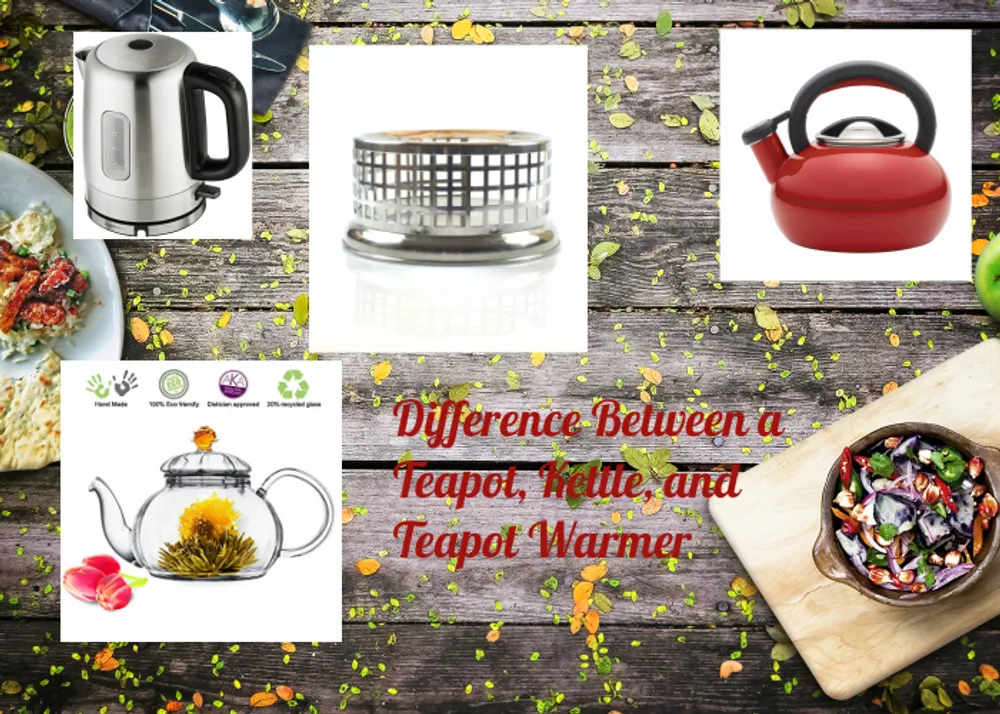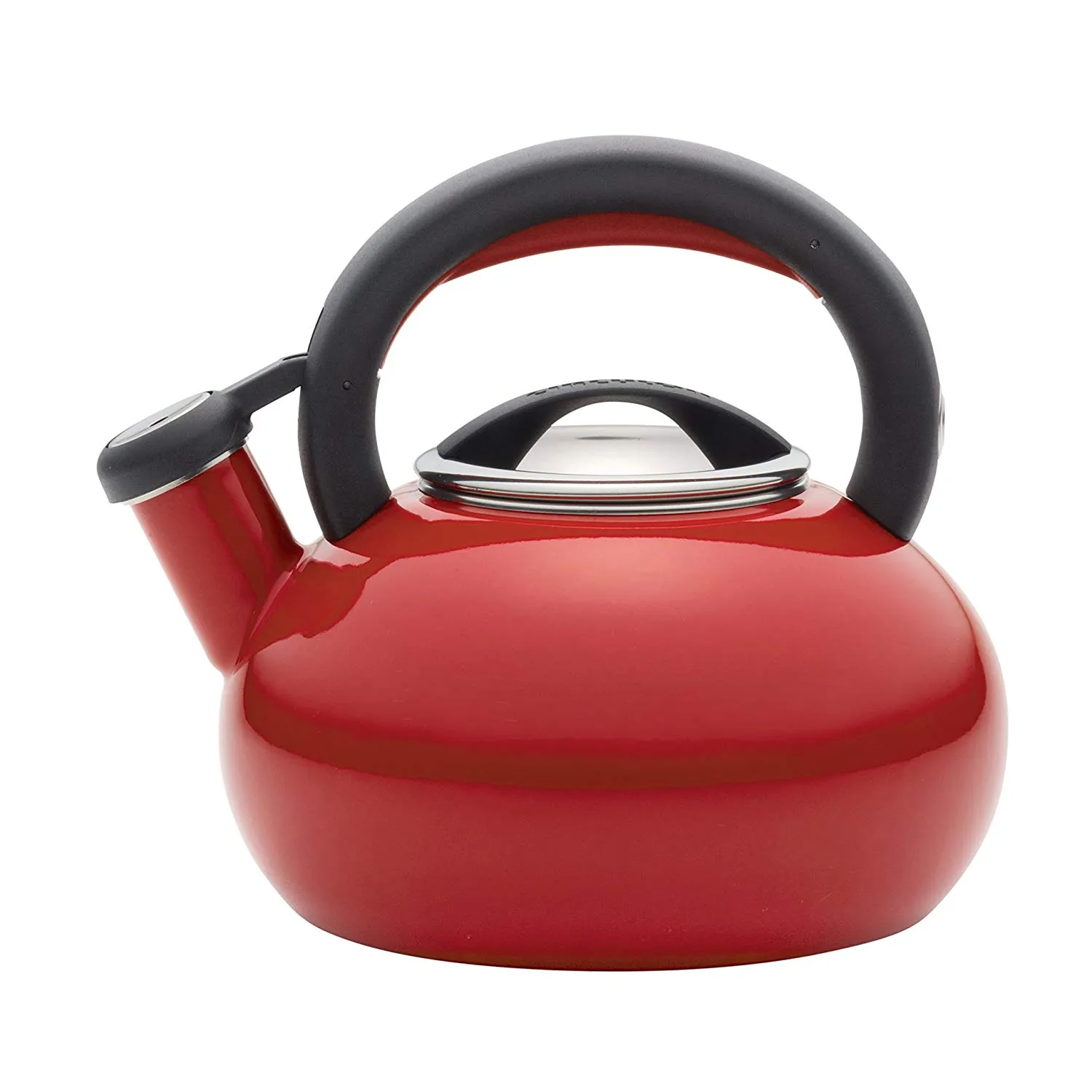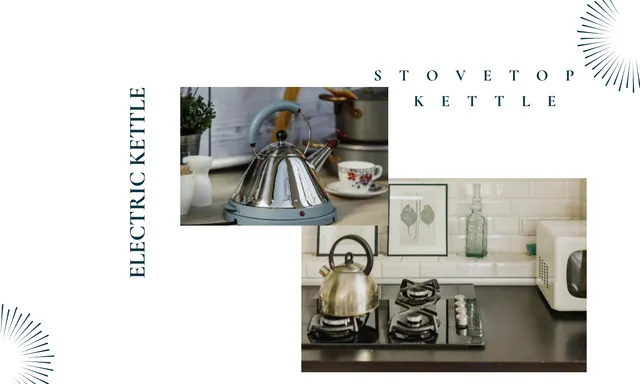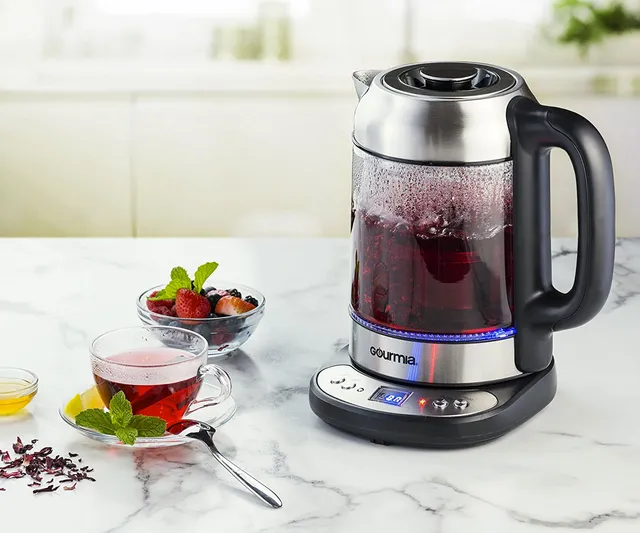Teapot vs Kettle vs Teapot Warmer: Understanding the Differences
-
 Dragos
Dragos - January 21, 2024

The art of brewing and enjoying tea has been refined over centuries, with each culture developing its own tools and techniques. In modern kitchens, we have access to a variety of equipment designed to enhance our tea experience. Understanding the roles of teapots, kettles, and teapot warmers can elevate your tea ritual from a simple beverage to a sophisticated experience.
Electric kettles have revolutionized our kitchens, making hot water preparation faster and more efficient. However, they’re just one part of the tea-making equation. Let’s explore how each tool contributes to the perfect cup of tea.
The History of Tea Brewing Tools
Tea brewing tools have evolved significantly over time:
- Ancient China: Clay teapots were used as early as the Song Dynasty (960-1279 AD).
- 15th Century: Metal kettles became popular in Europe for boiling water.
- 19th Century: The electric kettle was invented in 1891 by Carpenter Electric Company.
- 20th Century: Teapot warmers gained popularity to keep tea hot during long conversations.
Understanding this history helps appreciate the specialized functions of modern tea tools.
Teapot: For Brewing and Serving Tea
A teapot is designed for brewing and serving tea, not for boiling water. It’s an essential tool for tea enthusiasts who appreciate the nuances of different tea varieties.
Key Features:
- Brewing container for loose leaf tea
- Often includes a built-in strainer
- Available in various materials (porcelain, ceramic, glass)
- Not suitable for stovetop use
- Designed to maintain tea temperature
Types of Teapots:
- Ceramic Teapots: Excellent heat retention, traditional aesthetic
- Glass Teapots: Allow visual appreciation of tea color and flowering teas
- Cast Iron Teapots: Durable, provide even heat distribution
- Porcelain Teapots: Elegant, often used in formal tea services
Best Teapot Recommendation: Glass Teapot by Tea Beyond

Pros:
- Elegant glass design
- Easy to clean
- Temperature shock resistant
- Microwave and dishwasher safe
- Cool-touch handle
Cons:
- Requires careful handling to maintain pristine condition
For more on tea brewing, see our guide on best electric kettle with tea infuser.
Kettle: For Boiling Water
Kettles are specifically designed to heat water efficiently. They are the first step in the tea-making process, providing the hot water necessary for brewing.
Types of Kettles:
-
Stovetop Kettles
- Affordable
- Works on various heat sources
- Less energy-efficient than electric
- Often feature a whistle to indicate boiling
-
Electric Kettles
- Fast and energy-efficient
- Often include temperature control
- More convenient features
- Available in various materials (stainless steel, glass, plastic)
For a detailed comparison, read our article on stovetop kettle vs electric kettle.
Best Stovetop Kettle: Circulon 1.5-Quart Sunrise Teakettle

Pros:
- Durable steel construction
- 6-cup capacity
- Whistling feature
- Lifetime warranty
- Multiple color options
Cons:
- Narrow opening
Best Electric Kettle: Ovente KP72B Electric Kettle

Pros:
- 1.7-liter capacity
- BPA-free exterior
- Auto shut-off and boil-dry protection
- Stainless steel interior
- Removable filter
Cons:
- No variable temperature control
For more electric kettle options, explore our best fast boil electric kettle guide.
Teapot Warmer: For Maintaining Tea Temperature
Teapot warmers keep brewed tea warm for extended periods, allowing you to enjoy your tea at leisure without it going cold.
Key Features:
- Candle-powered or electric
- Suitable for various teapot sizes
- Decorative and functional
- Maintains optimal drinking temperature
Types of Teapot Warmers:
- Candle Warmers: Traditional, creates a cozy atmosphere
- Electric Warmers: More consistent heat, no open flame
- USB-Powered Warmers: Modern, portable option
Best Teapot Warmer: Yeme Stainless Steel Candle Lit Teapot Warmer

Pros:
- Durable metal design
- Elegant appearance
- Versatile for different teapot sizes
- Easy to use
Cons:
- Slightly pricier than other options
Comparison Table: Teapot vs Kettle vs Teapot Warmer
| Feature | Teapot | Kettle | Teapot Warmer |
|---|---|---|---|
| Primary Function | Brewing tea | Boiling water | Keeping tea warm |
| Heat Source | N/A | Stove/Electricity | Candle/Electricity |
| Material Options | Ceramic, Glass, Metal | Metal, Plastic | Metal, Ceramic |
| Temperature Control | No | Some electric models | No |
| Serving Capability | Yes | No | Enhances serving |
| Price Range | $20-$200+ | $15-$150+ | $10-$50+ |
| Maintenance | Regular cleaning | Descaling required | Minimal |
Choosing the Right Tool for Your Tea Ritual
Selecting the right tools depends on your tea preferences and lifestyle:
- For Casual Tea Drinkers: An electric kettle and a simple teapot may suffice.
- For Tea Connoisseurs: Invest in a high-quality teapot, variable temperature kettle, and teapot warmer.
- For Office Use: Consider a compact electric kettle and an insulated teapot.
- For Traditional Tea Ceremonies: Choose a ceramic teapot and a stovetop kettle for authenticity.
Remember to consider factors like frequency of use, type of tea preferred, and available space when making your choice.
Maintenance and Care Tips
Proper care ensures longevity and optimal performance of your tea tools:
-
Teapots:
- Rinse after each use
- Use mild detergents for cleaning
- Avoid thermal shock (sudden temperature changes)
-
Kettles:
- Descale regularly to prevent mineral buildup
- Wipe exterior with a damp cloth
- For electric kettles, never immerse the base in water
-
Teapot Warmers:
- Clean candle residue regularly
- For electric warmers, wipe with a damp cloth
- Check electrical components periodically
For more cleaning tips, see our guide on how to clean an electric kettle.
Eco-Friendly Options in Tea Brewing
As sustainability becomes increasingly important, consider these eco-friendly choices:
- Reusable Tea Filters: Replace disposable tea bags
- Glass or Stainless Steel Kettles: More durable and recyclable than plastic
- Solar-Powered Teapot Warmers: Reduce electricity consumption
- Local and Organic Teas: Support sustainable farming practices
By choosing environmentally friendly options, you can enjoy your tea ritual while minimizing your ecological footprint.
FAQs
-
Q: Can I use a teapot to boil water? A: No, teapots are not designed for boiling water. Use a kettle instead.
-
Q: Are electric kettles more efficient than stovetop kettles? A: Yes, electric kettles are generally more energy-efficient. See our article on are electric kettles energy efficient.
-
Q: Can I put a glass teapot on a teapot warmer? A: Yes, but ensure the warmer is suitable for glass to avoid thermal shock.
-
Q: How long can a teapot warmer keep tea warm? A: Typically, a few hours, depending on the initial temperature and ambient conditions.
-
Q: Is it safe to leave an electric kettle plugged in all the time? A: While many modern kettles have safety features, it’s best to unplug when not in use to save energy and reduce potential risks.
Conclusion
Understanding the differences between teapots, kettles, and teapot warmers is crucial for any tea enthusiast. Each plays a unique role in the tea preparation and serving process:
- Teapots are ideal for brewing and serving tea, offering a traditional and elegant way to enjoy your favorite blends.
- Kettles efficiently boil water for various uses, with electric models providing convenience and speed.
- Teapot warmers maintain the temperature of brewed tea, allowing for a leisurely tea-drinking experience.
By choosing the right tools, you can enhance your tea-drinking experience and enjoy perfectly brewed tea at the right temperature. Whether you’re a casual tea drinker or a dedicated connoisseur, the right equipment can make a significant difference in your tea ritual.
For more insights on tea preparation and kitchen appliances, explore our other articles:
- What to Check When Buying an Electric Kettle
- Best Variable Temperature Kettles
- Best Electric Kettle for French Press
Enhance your tea ritual with the right equipment and enjoy the perfect cup every time!






